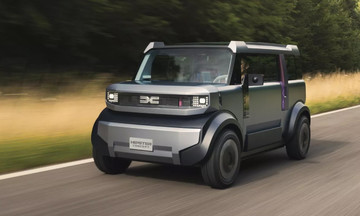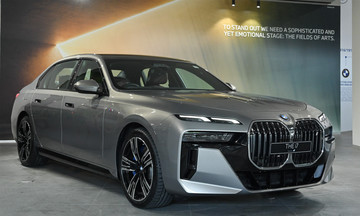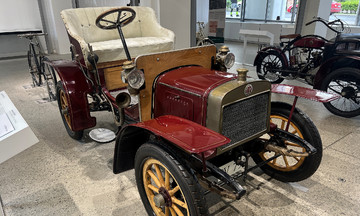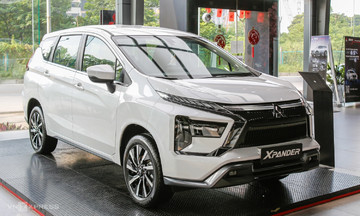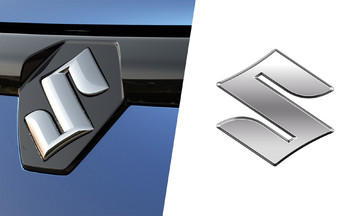The Vietnamese auto market has welcomed dozens of new models in the past six months. Conversely, several products have been discontinued, either awaiting new versions or reaching the end of their production runs, making way for other models. Here are the cars that have been discontinued in Vietnam as of September.
Toyota Innova
Since mid-2025, Toyota dealerships have stopped taking deposits for the domestically assembled Innova, part of the second generation launched in 2016. Remaining inventory is currently being sold off.
The Innova's discontinuation marks the end of its nearly 20-year presence in Vietnam. Its five-year reign as the top-selling car in the entire market, and 12 years in the top 5, demonstrate its significant appeal and influence. There was a time when the Innova was synonymous with MPVs for many customers.
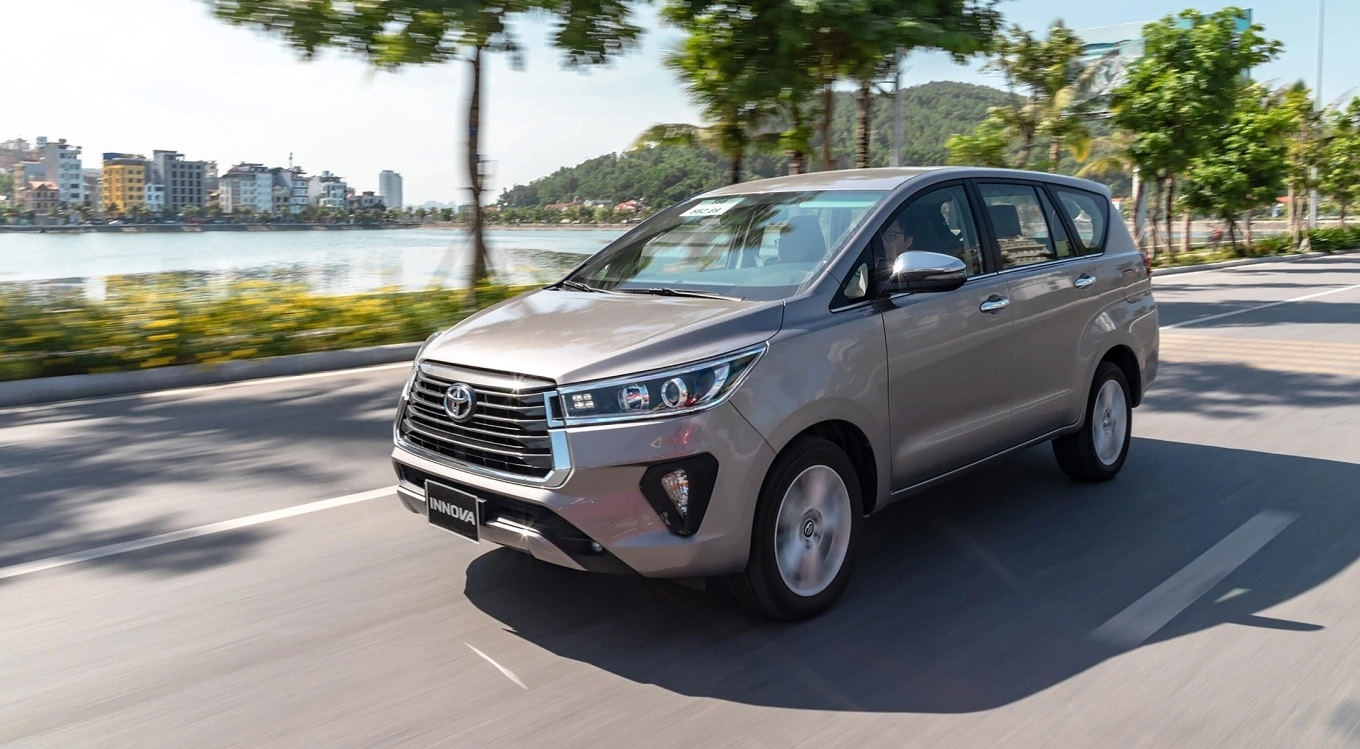 |
The automatic Innova model on the road in Vietnam. Photo: TMV |
The automatic Innova model on the road in Vietnam. Photo: TMV
The Innova exemplifies Toyota's vehicle philosophy in a developing market, where car ownership was beyond the reach of many, particularly during the 2010s. Consumers needed a practical, easy-to-drive, functional vehicle that served multiple purposes and came from a reputable brand – the Innova fulfilled all these requirements. Its drawbacks included limited comfort and safety features, and relatively high fuel consumption.
The Innova's popularity began to wane with the rise of compact MPVs starting in 2018, most notably the Mitsubishi Xpander. Recognizing the changing consumer trends in the multipurpose vehicle segment, Toyota gradually adapted its strategy.
With the Innova's mission accomplished, the sales role in the compact MPV (B-segment) has been passed to the Veloz and Avanza, two models developed on the DNGA (Daihatsu) platform. By leveraging its subsidiary Daihatsu's resources, Toyota saved costs and quickly brought products to market.
The company also created the Innova Cross with a completely new product philosophy, positioning it higher in the market with a higher price tag. While parts for the older version remain available, similar to many Southeast Asian markets, Toyota will continue assembling and selling the Innova until supplies are exhausted.
Mazda6
Since Quarter II, dealerships have stopped accepting deposits for the Mazda6, the Japanese automaker's largest and most premium sedan. Following the Mazda6's discontinuation, Mazda's low-slung car options in Vietnam are now limited to the Mazda2 (B-segment) and Mazda3 (C-segment).
According to industry experts, the Mazda6's discontinuation is not surprising, as the sedan is no longer produced in many key markets like Japan and the US.
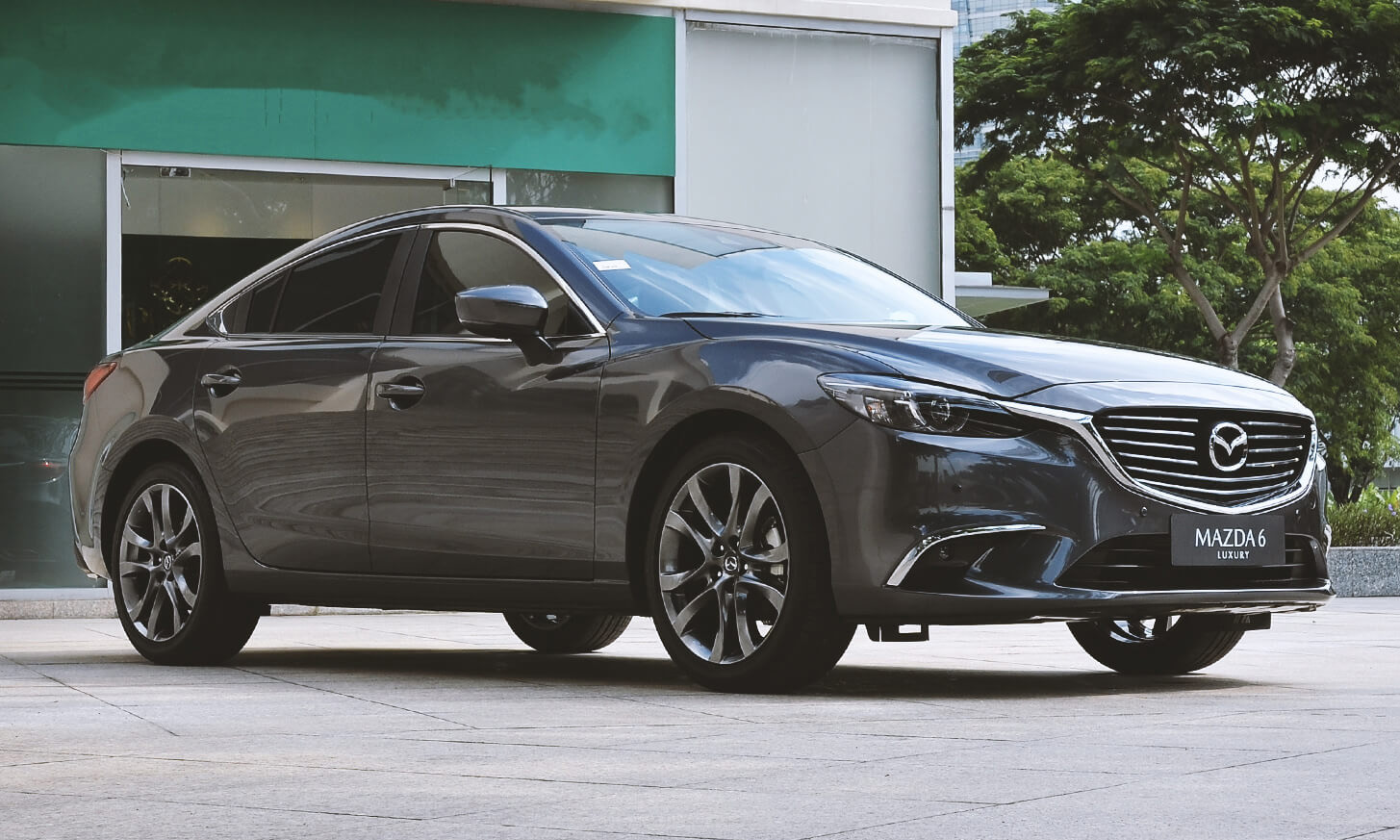 |
The Mazda6 Luxury version in Vietnam. Photo: Thaco |
The Mazda6 Luxury version in Vietnam. Photo: Thaco
The parent company's strategy of promoting crossovers to meet the market's growing preference for higher-riding vehicles has left sedans like the Mazda6 struggling. In Vietnam, demand for D-segment sedans has declined in recent years. Competing against the Camry, considered the segment's sales king, presents a significant challenge for the Mazda6 and other rivals.
The Mazda6 was one of the earliest entrants in the D-segment sedan category in Vietnam. When first introduced in 1996 as a completely built unit (CBU) import, it was known as the 626 sedan. This was during Mazda's early days in Vietnam, in a joint venture with the Hoa Binh Auto Enterprise (VMC). Later, for a more concise and memorable name, the company renamed its cars numerically according to size.
The completely knocked down (CKD) version of the Mazda6 launched in Vietnam in 2014, when Thaco was the distributor. The Mazda sedan's strengths included a spacious interior, durable engine, adequate amenities, and a more accessible price than competitors like Toyota and Honda, thanks to domestic assembly. However, years without design changes, limited updates to features and safety technology, gradually diminished the Mazda6's appeal.
Ford Explorer
As of July, Ford announced that the 2023-2024 Explorer models were no longer available. The company has suspended sales of this model until further notice.
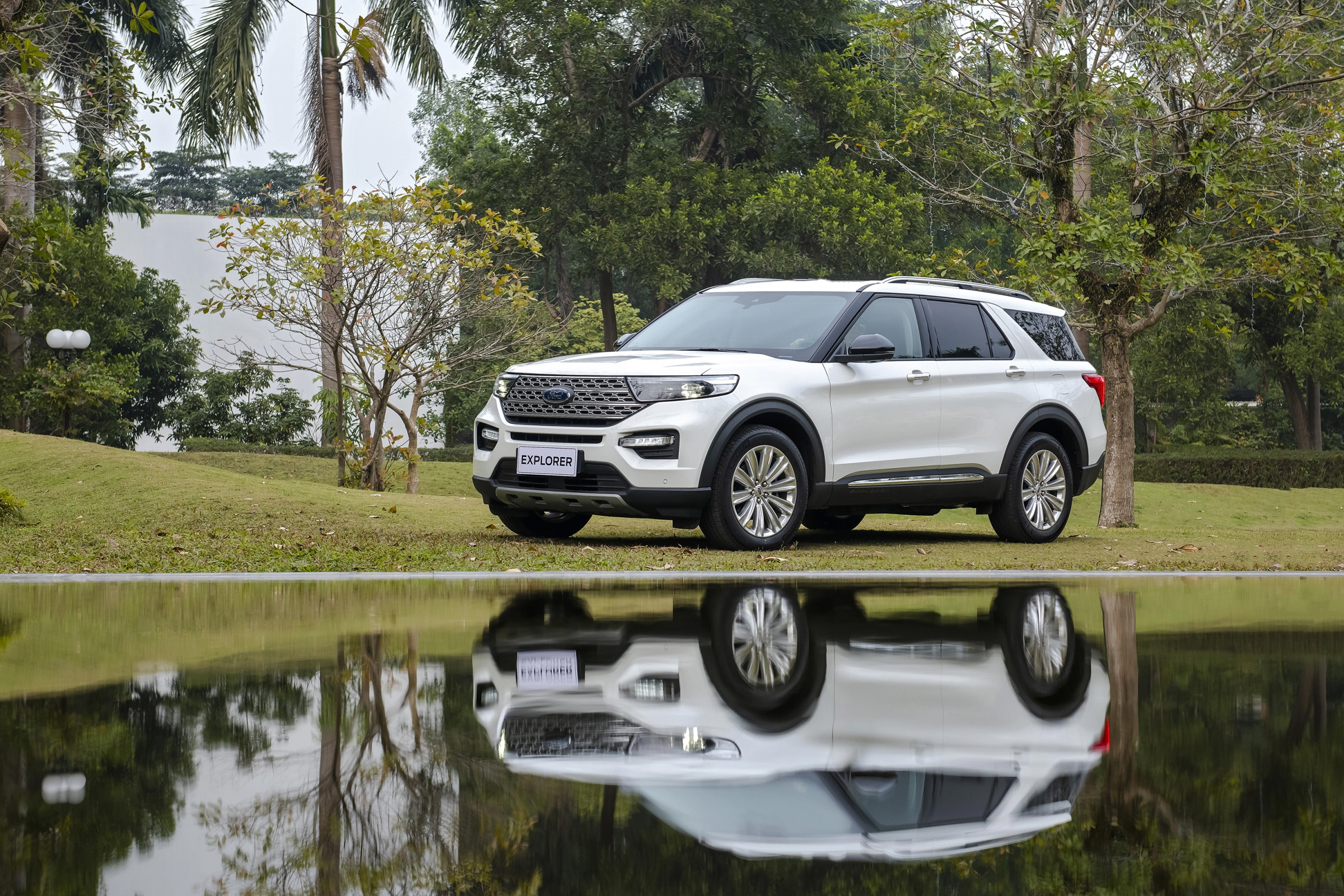 |
The US-imported Explorer on the road in Hanoi. Photo: FVN |
The US-imported Explorer on the road in Hanoi. Photo: FVN
In 2016, the Ford Explorer was first sold in Vietnam as a US import. This move was part of Ford's strategy to expand its SUV offerings in Vietnam. The second generation arrived in 2022.
Before the Mustang, the Explorer was Ford's largest and most expensive CUV in the Vietnamese market. While not a primary sales driver, it served as a showcase of technology and comfort, priced around 2 billion VND.
The Ford Explorer provided customers with an additional option in the E-segment SUV market, long dominated by the Toyota Land Cruiser. Low sales volumes but high-profit margins continue to attract automakers to this segment. Following the Explorer, other contenders like the Volkswagen Teramont, VinFast VF 9, Hyundai Palisade, and Jeep Grand Cherokee L have emerged.
An updated version of the Explorer has been released internationally. It remains unclear whether Ford will continue selling this E-segment CUV in the future.
Pham Trung




